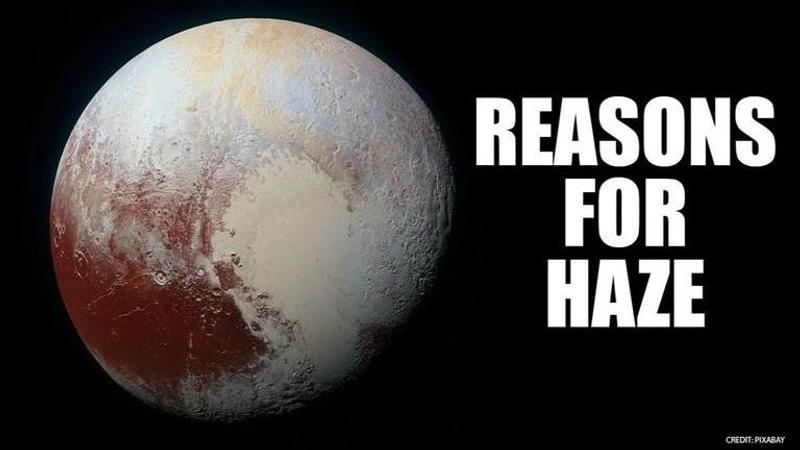Published 15:13 IST, May 14th 2020
NASA's plane telescope SOFIA discovers reasons for Pluto's haze
The modified Boeing 747 flew over the Pacific Ocean and pointed its nearly 9-foot telescope at Pluto during an occultation, an eclipse-like event

NASA's Stratospheric Observatory for Infrared Astronomy (SOFIA) has observed that Pluto’s haze is formed from the faint light of the Sun 3.7 billion miles away as it moves through an unusual orbit. The observations are published in the scientific journal Icarus.
SOFIA's observations
Remote observations of Pluto by SOFIA, which is NASA’s telescope on an airplane show that the thin haze enshrouding Pluto is made of very small particles that remain in the atmosphere for prolonged periods of time rather than immediately falling to the surface. SOFIA’s data clarified that these haze particles are actively being replenished – a discovery that is revising predictions on the fate of Pluto’s atmosphere as it moves into even colder areas of space on its 248-Earth-year orbit around the Sun.
Michael Person, the lead author of the paper and director of Massachusetts Institute of Technology’s Wallace Astrophysical Observatory said, "Pluto is a mysterious object that is constantly surprising us. There had been hints in earlier remote observations that there might be haze, but there wasn’t strong evidence to confirm it really existed until the data came from SOFIA. Now we’re questioning if Pluto’s atmosphere is going to collapse in the coming years – it may be more resilient than we thought.”
The observations were made New Horizon's in July 2015
SOFIA observed the middle layers of Pluto’s atmosphere in the infrared and visible light wavelengths, and soon after, the New Horizons spacecraft probed its upper and lower layers using radio waves and ultraviolet light. These combined observations, taken so close in time, have provided the most complete picture yet of Pluto’s atmosphere.
The agreement between the data gathered remotely by SOFIA and from New Horizons’ close flyby supports that occultation observations from Earth can provide high-quality data between spacecraft missions.
(with inputs from ANI)
Updated 15:13 IST, May 14th 2020



